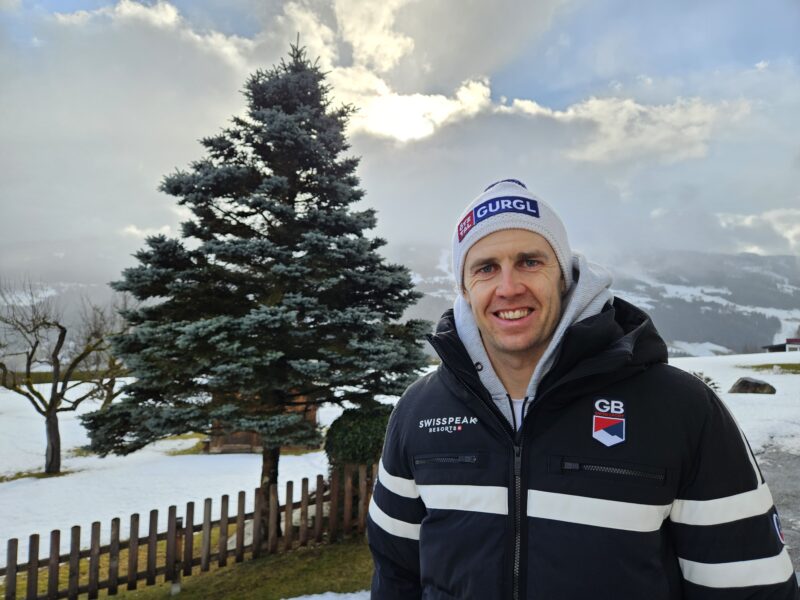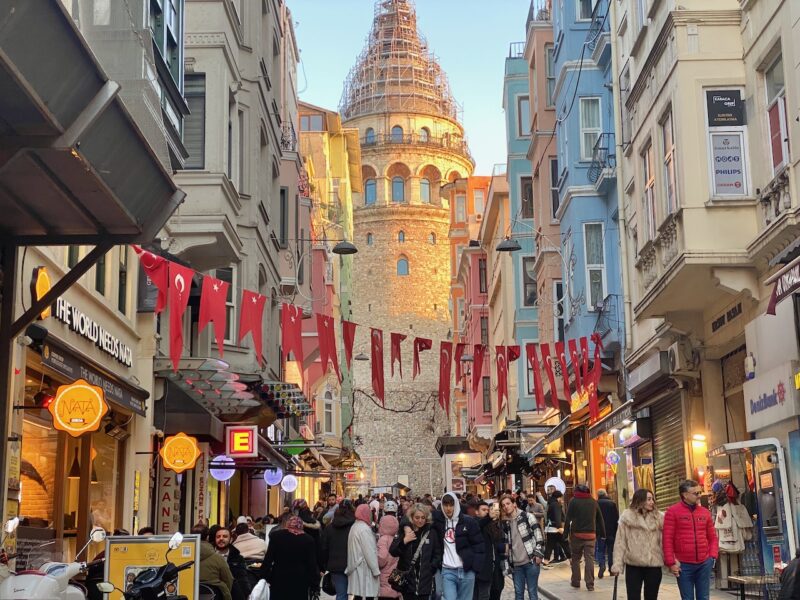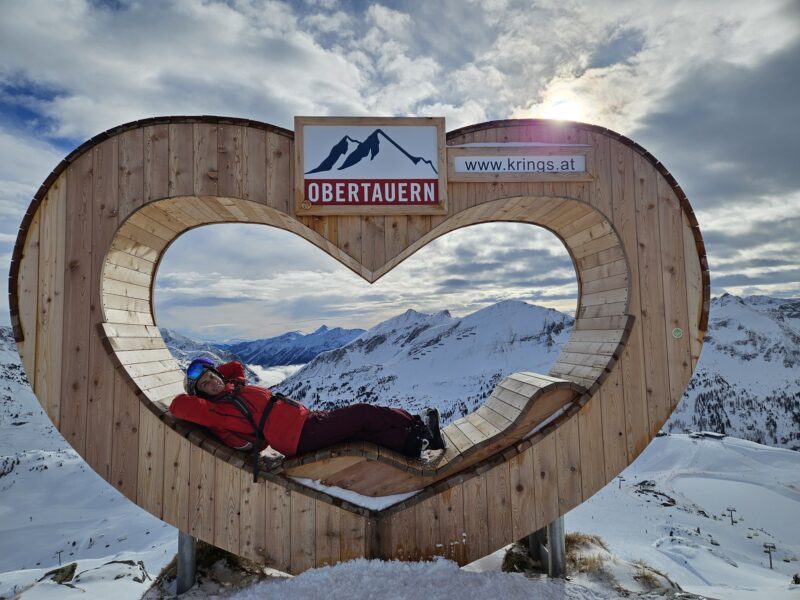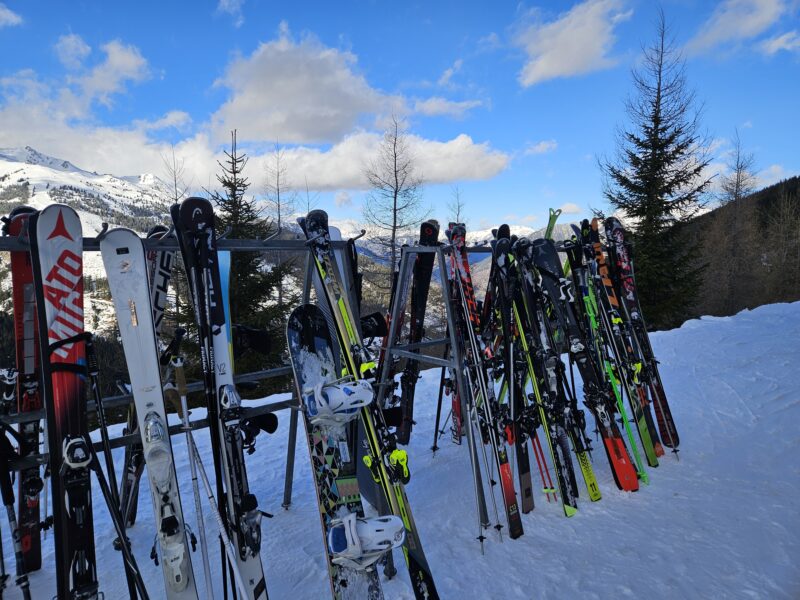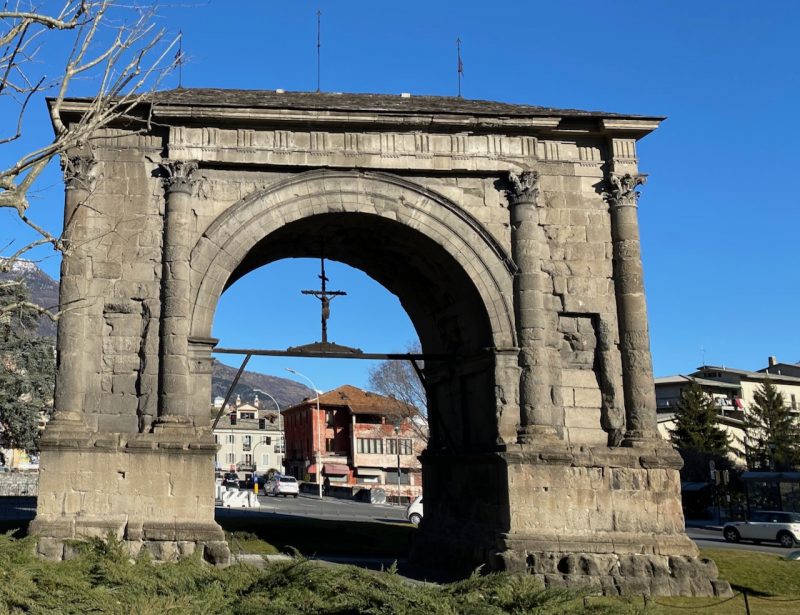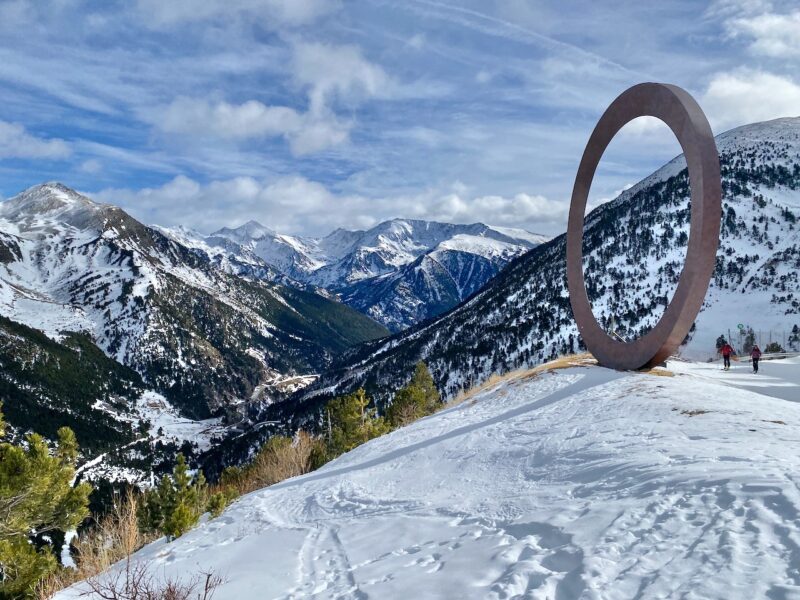What is Verbier Doing on Sustainability?
12th January 2024 | Tim Clark, Verbier, Switzerland.
Last modified on January 14th, 2024
PlanetSKI reports from Verbier as it strives to tackle sustainability. Both via efforts by the resort and small businesses within the commune itself. UPDATED
PlanetSKI travelled to Verbier by train to see what the resort is doing to try to mitigate the impacts of climate change.
And see what small things people can do to perhaps make a difference.
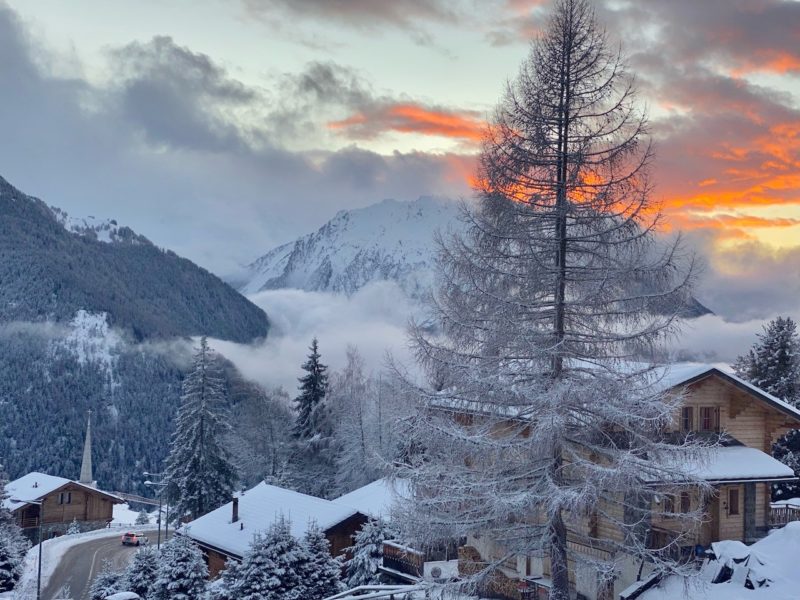
Verbier, Switzerland. Image © PlanetSKI
It is undeniable that the Alps are changing.
Studies have found that the range has warmed by up to 2 degrees centigrade over the course of the 20th century.
That’s double the recorded rate for the rest of the world.
Some climate models suggest that a 4 degree rise is on the cards.
These temperature rises are already having an effect.
The most obvious impact is the melting of the glaciers that can be seen clearly in the summer months in Verbier.

Mont Fort glacier, Verbier. Image © PlanetSKI
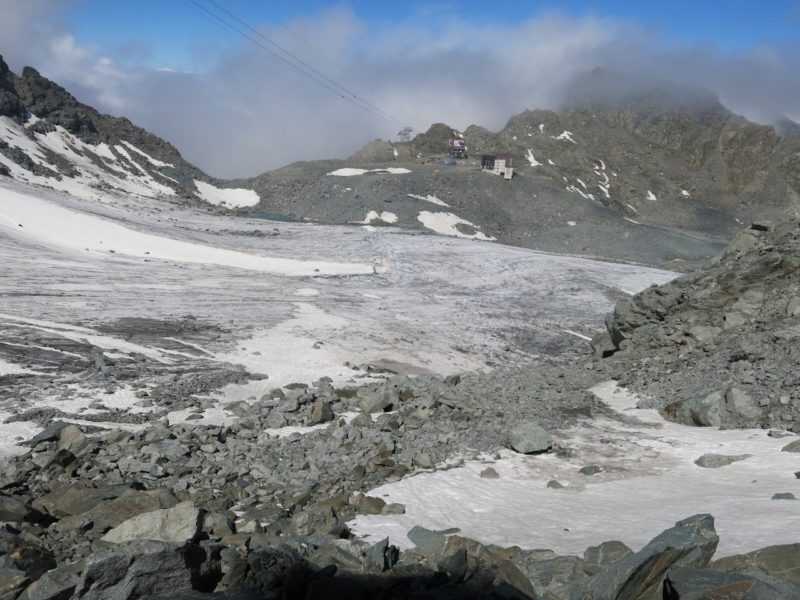
Mont Fort glacier, Switzerland. Image © PlanetSKI
I’m staying in the refurbished Hotel de Verbier and it has incorporated a series of environmentally-friendly measures:
- Triple glazing
- Solar panels on the roof
- Re-use of materials within its build
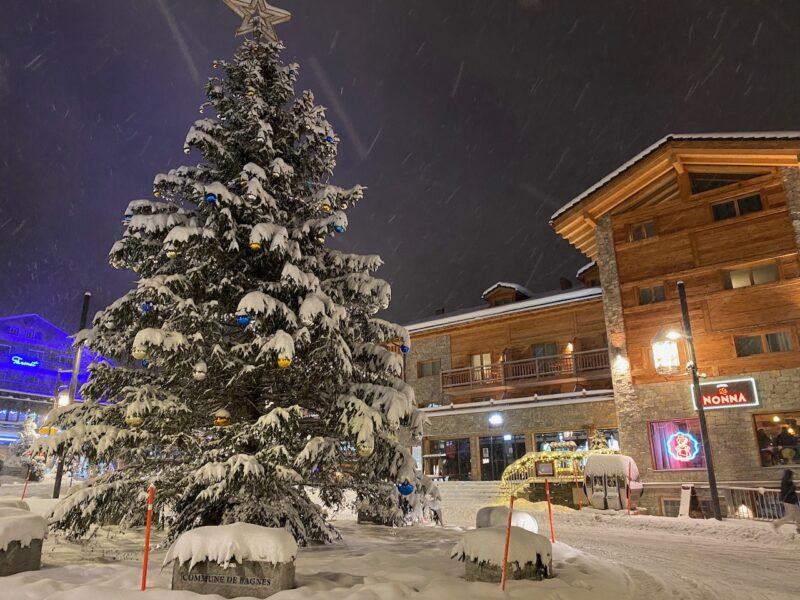
Hotel de Verbier. Image © PlanetSKI
Verbier is incorporating a community district heating network and hoping to reduce car use with an expanded bus shuttle service.
The ski lift operator Televerbier is also taking many measures.
Currently 90% of power for the lift system is supplied by hydro-electric power.
A further 6% from renewables such as wind and solar, the remainder is fossil fuel such as diesel.
Those stats aren’t bad, but the operator wants to reduce the amount of energy it uses no matter the source.
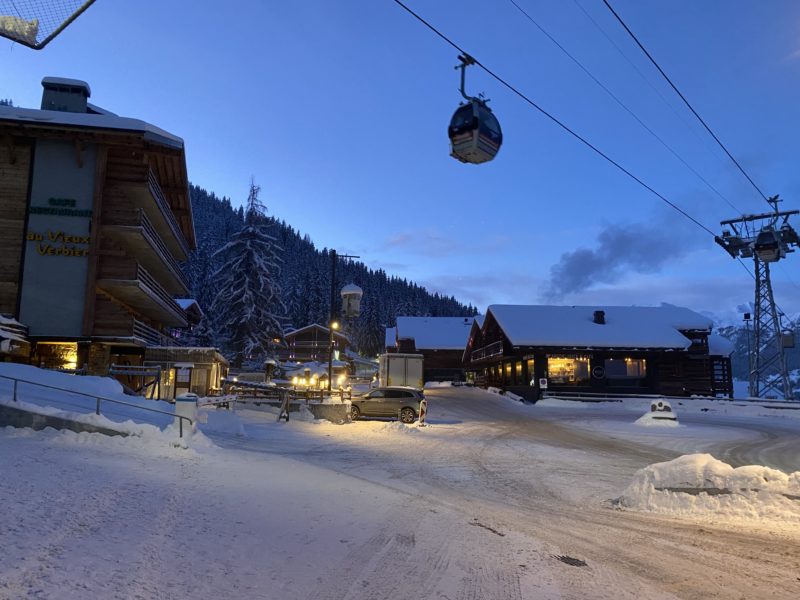
Verbier, Switzerland. Image © PlanetSKI
The lift systems are being upgraded, not only are diesel generators on most lifts now held in reserve in case the electric fails, the older, more inefficient electric motors are also being phased out to reduce energy consumption.
Televerbier is also working with the Swiss Federal Office of Energy, SFOE, to upgrade the operators heavy equipment.
“We receive some money and we have to follow a programme to reduce our energy consumption,” said the general manager of Televerbier, Laurent Vaucher.
Vaucher says that the main issue the company is grappling with is de-carbonising its fleet of piste bashers.
They currently run on diesel.
It had been hoped that electric versions could replace them, however mountain work is tough on the machines.
“The problem we found was that the weight of the machine was twice as heavy when you added on the battery,” said Vaucher.
“We found out that we could run a machine for four hours, then they needed an hour and a half to recharge, that’s not possible for us as we cannot lose an hour and a half of service a night.”
Another option is hydrogen, but that also comes at a cost.
A litre of diesel costs CHF 1.5 (£1.38) however one kilo of hydrogen costs CHF 10.28 (£9.46).
Piste bashers are hydrogen-based and need to consume 10kg an hour – which is expensive.
The hope is that the cost of hydrogen comes down, or that battery technology improves – but the technology and economics don’t quite work – at least yet.
Something will need to be done however as the world de-carbonises, the price of diesel and petrol are expected to rise.
“A solution will come from the truck companies,” Voucher says, rather hopefully.
See the end of this article for more detailed information from Laurent Vaucher.
Can the individual skier reduce their own impact?
In a way.
Based out of Verbier and co-founded by Per Berthels and Anna Smoothy, the Cirkel Supply Co was launched in late 2022 and allows people to rent ski apparel for a holiday.
They claim it helps the environment.
Many people already rent their snowboards or skis and thus removing the bulky clothing is a logical next step.
“Climate change is very real in the mountains, and by serving more people with less clothing we were able to reduce the impact of outdoor sports,” said Smoothy.
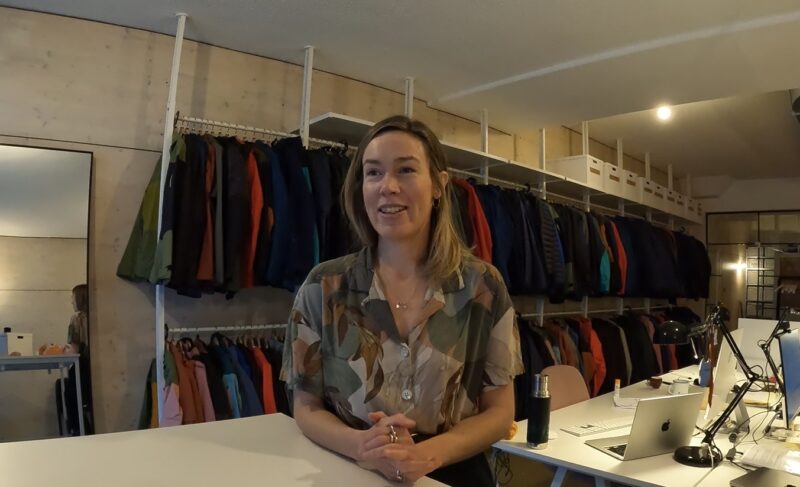
Anna Smoothy. Image © PlanetSKI
I picked out my kit online prior to travelling to Verbier and it was waiting when I arrived at the Hotel de Verbier.
The kit included a Patagonia M’s Powder Bowl Jacket (RRP £320), and a mid-layer underneath which was also a Patagonia hybrid jacket (RRP £164).
For salopettes I chose Ortovox’s deel shell (RRP £425) and to round it off, some Hestra powder gauntlet gloves (RRP £81.95).
The complete rental order was CHF 198.50 (£182).
This may sound like a lot but a large hold bag (23kg) on Easyjet costs almost £90 return.
Having to pack only a lightweight bag was also a pleasure compared to the usual ordeal.
Sports eyewear manufacturer Sungod, that is based in Verbier, has also taken steps to improve its environmental credentials.
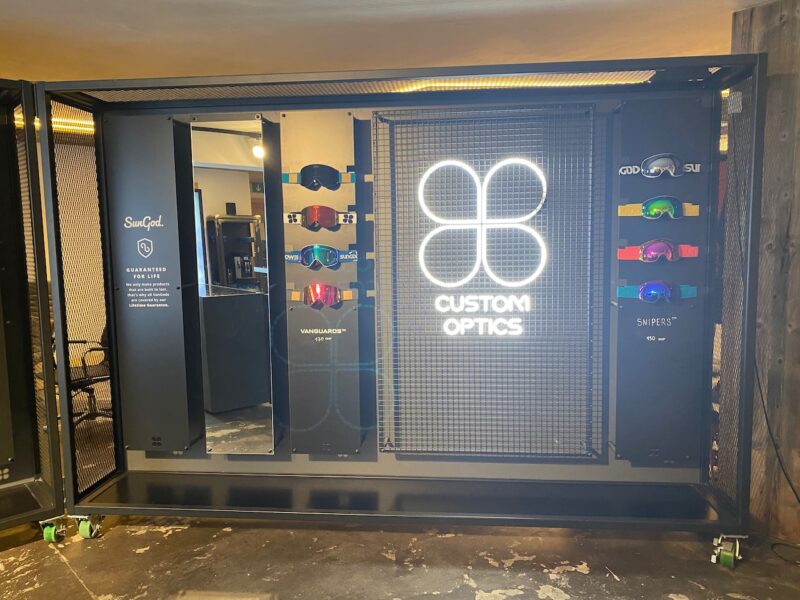
SunGod in Verbier. Image © PlanetSKI
The company has become a certified B Corporation – which is a company that adheres to high standards of social, environmental and governance within its operations.
SunGod is also a certified Carbon Neutral company and is working to reduce both direct and indirect carbon emissions.
PlanetSKI has recently been product testing:
Verbier is heading in the right direction – and the sustainability-linked entrepreneurs coming to market hint at a sea change in attitudes.
As with the entire Alpine industry however, there is still a mountain to climb.
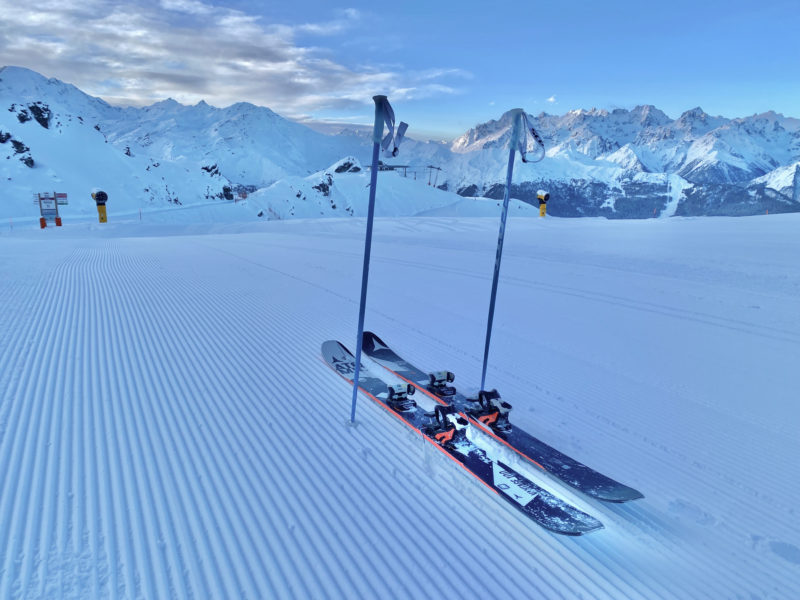
Verbier, Switzerland. Image © PlanetSKI
And here is more from Laurent Vaucher as he answers a series of questions on line about the detail of Verbier’s ambitions and initiatives:
What is the environmental impact of skiing and what are you doing about it?
The operation of our ski lifts generates very little CO2.
This is because we use electricity from low-carbon sources, such as hydroelectric power.
The biggest carbon footprint comes from the movement of customers from their place of residence to the ski resort.
To reduce the carbon footprint of skiers, we have increased alternative ways of getting around by promoting rail transport (for example, the Verbier Express).
How is the Commune of Val de Bagnes tackling environmental issues?
Two years ago, we put together a sustainability team consisting of leaders and managers from the administration.
Starting in July 2023, we welcomed a sustainability delegate to lead this group, fostering collaboration across all departments.
From a political standpoint, the local council is deeply committed to putting sustainability at the top of our agenda.
Our legislative program outlines actions taken and planned in sixkey sectors, like tourism and the environment.
Internally, we’ve taken action too.
We introduced guidelines for eco-friendly purchasing and earned ongoing certifications, like the esteemed «Cité de l’énergie» label.
What are the key initiatives you have already undertaken?
We’ve already rolled out a number of significant initiatives.
One major focus is providing grants to residents and businesses, encouraging the adoption of sustainable energy practices such as electric transportation, improved insulation, and environmentally friendly heating.
But we haven’t stopped there.
We’re also supporting mountain farming by distributing vouchers to our residents to buy local food.
When it comes to energy, we’ve taken an innovative approach by establishing Energithèque, in collaboration with our partnerALTIS.
This is a one-stop shop for residents seeking to reduce their environmental impact.
Within this platform, experts offer customised guidance and assistance.
One of our programs is «My Community and Me».
Spanning seven months, a dedicated specialist assists local households in evaluating their carbon footprint and pinpointing methods to decrease it through adjustments in housing, transportation, and dietary decisions.
How important is tourism to the local authority’s sustainability strategy?
Tourism is the main issue for Val de Bagnes with one of our main priorities being transportation.
We’re collaborating with partners like TMR and TéléVerbier on a strategy that covers both travelling to and within the resort.
To connect to Verbier,the «Verbier Express» links Geneva to Le Châble directly during the winter.
The Le Châble-Verbier cable car is now integrated into the public transport system with varied schedules.
Locally, we introduced a complimentary shuttle service and a ski school meeting point accessible only by shuttle.
This has helped alleviate congestion in the mornings.
One area that’s less publicised, we’ve developed a program for local hotels, focusing on cutting down food waste and offering complimentary bio-waste collection from the catering sector.
We’re also partnering with real estate agents and property managers to promote building renovations, focussing on Verbier due to its significant energy-saving potential, where local authority grants are readily available.
What is the region’s situation in terms of electricity production and consumption? What about the water supply? Is there anything you can do?
Altis holds the responsibility in this domain, a company jointly owned by municipalities in the region, including Val de Bagnes.
They provide the area with water, electricity and heat.
Electricity consumed within the municipality, including Verbier, is fully sourced from renewable energy, primarily through hydroelectric production.
When it comes to heating, Verbier has a smart setup with a carbon-neutral district heating system powered by wood pellets.
It currently serves about 700 buildings, and has resulted in significant savings on heating oil.
Water conservation is always on the agenda too.
Thanks to Altis’ innovation hub, Blueark Entremont, we’re always brainstorming clever ways to make the best use of our water.
One standout project is Odile, which is giving local farmers a hand in using less water while boosting their crop yields.
MEASURES TAKEN BY THE SKI AREA
With the environment very much top of everyone’s agenda, the Téléverbier ski lift company has introduced a number of measures to minimise the impact of winter sports and tourism on the natural surroundings.
Téléverbier is actively working on various fronts.
This includes ski lifts, snow grooming, snowmaking, transportation, building management and energy usage.
The company is dedicated to improving energy efficiency and minimising its carbon footprint.
For instance, the majority of the electrical energy used by Téléverbier is sourced from hydroelectric production in Valais.
They have reduced the operating speed of ski lifts to conserve over 10% of energy and extend the lifespan
of machinery.
Additionally, they employ state-of-the-art snow cannons for mechanical snowmaking, producing
high-quality snow with less water and energy compared to older models.
These are just a few examples from a long list of measures, all contributing towards a more environmentally conscious mountain environment.
Extending the operating hours of the Le Châble-Verbier cable car.
This means that anyone who wants to get to Verbier early in the morning and leave again late in the
evening can do so by using public transport.
During each construction phase, we carry out a series of offsetting measures that are agreed with the canton of Valais and the Confederation to minimise the impact on flora and fauna.
What are Téléverbier’s future plans in terms of sustainability?
We aim to achieve net-zero carbon emissions and generate our own electricity.
While we still produce carbon emissions from our snow-grooming vehicles, the technology for replacing internal combustion engines is not yet perfected.
However, projects based on electric batteries or hydrogen fuel cells are well advanced and we expect to see a solution on the market in the mid-term.
By then, we will have reached zero emissions.
In terms of electrical energy production, we have launched a study to identify all the ideal spots for installing solar panels or other clean technologies on our land.
This will help us to safeguard ourselves against the impact of possible energy shortages and increase the production of green energy.


